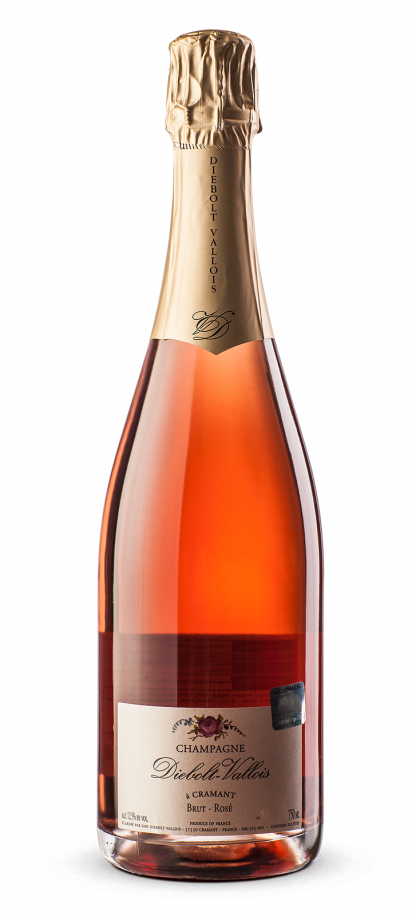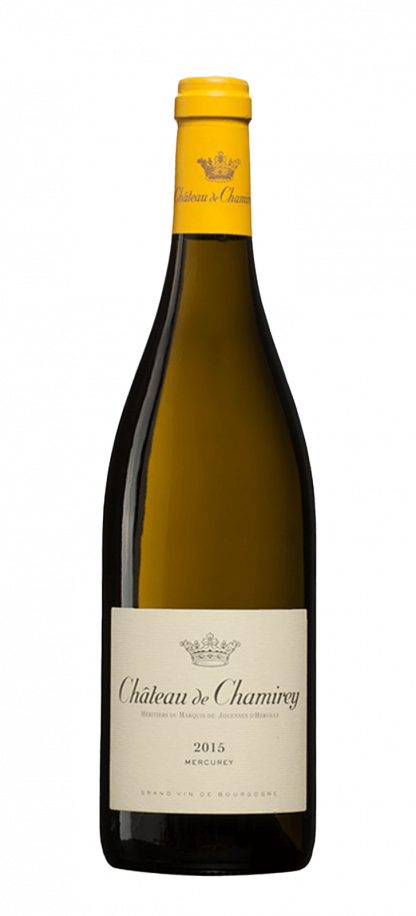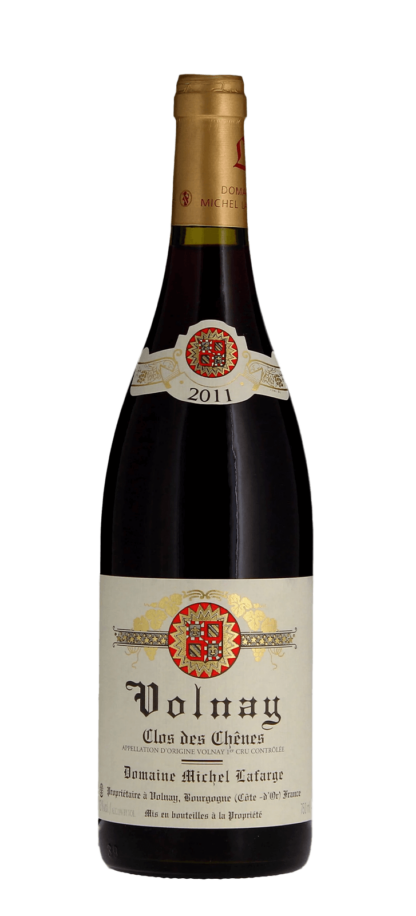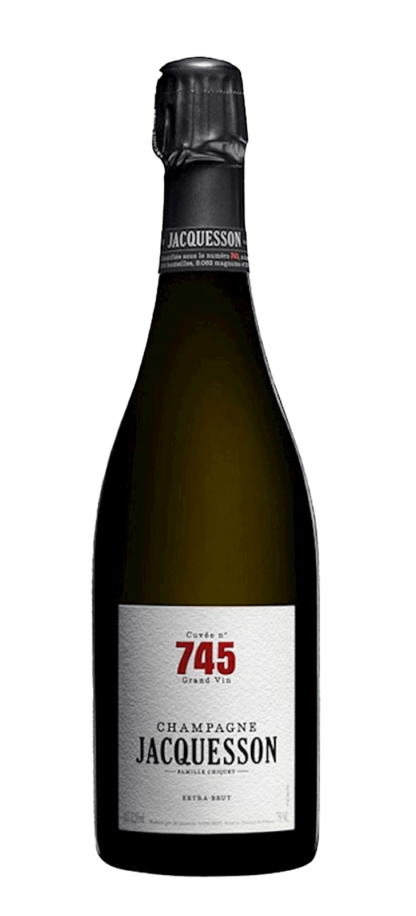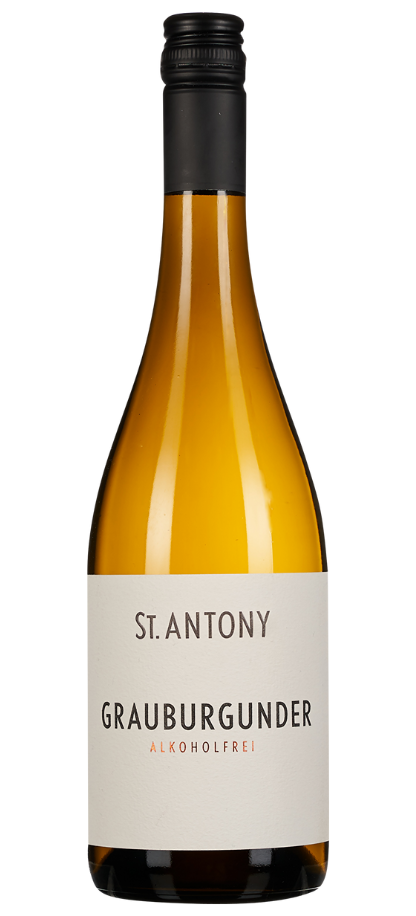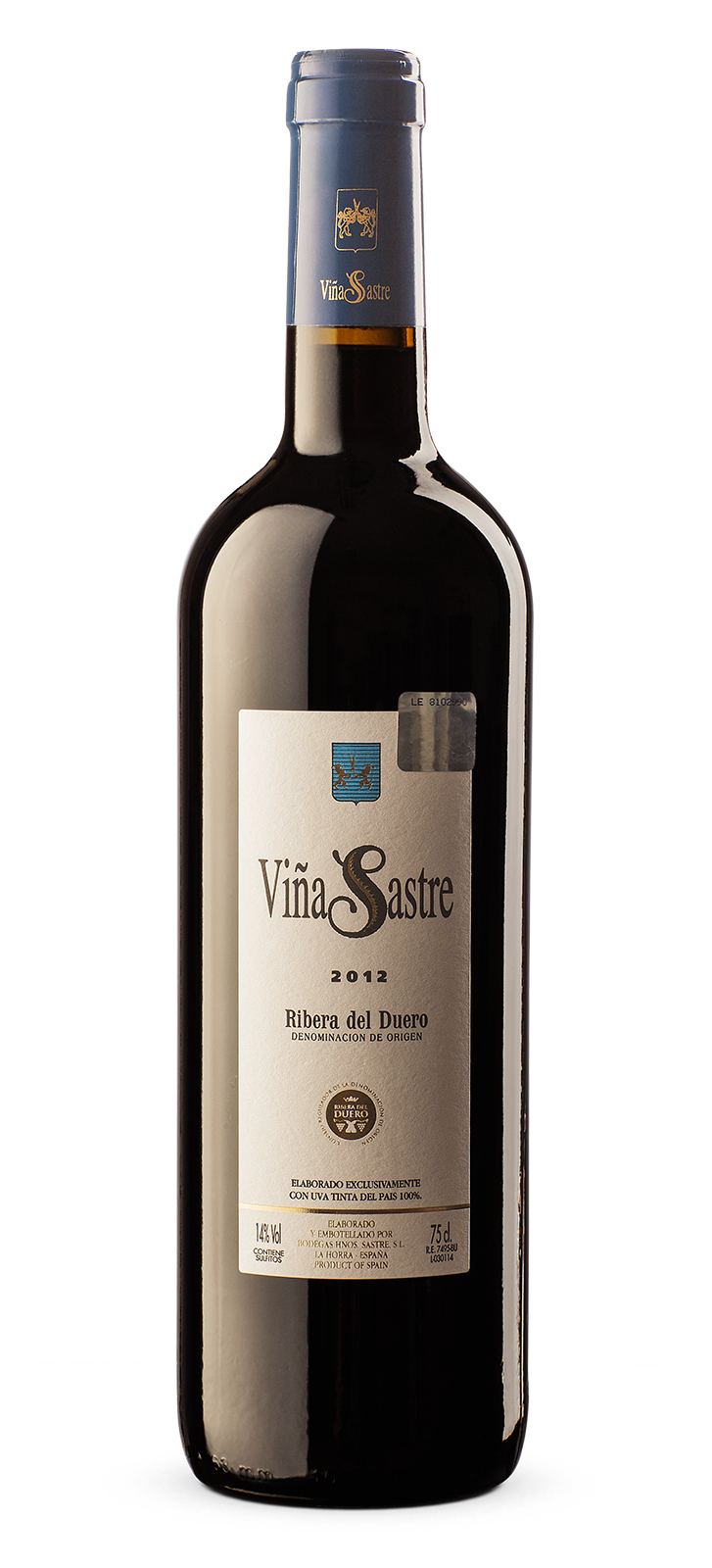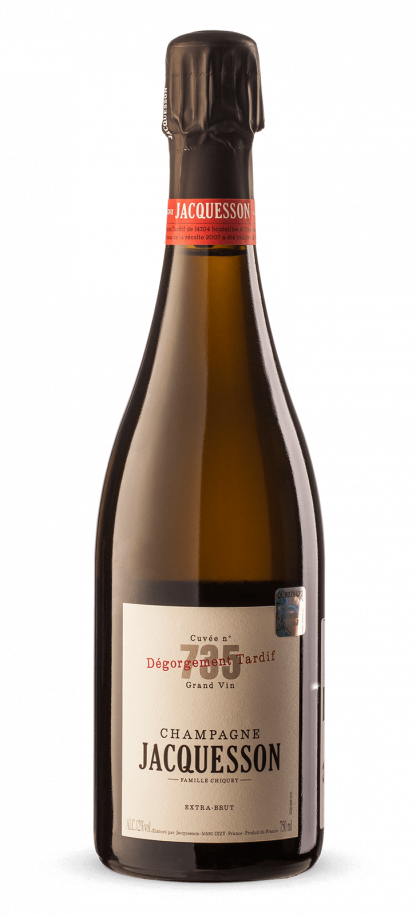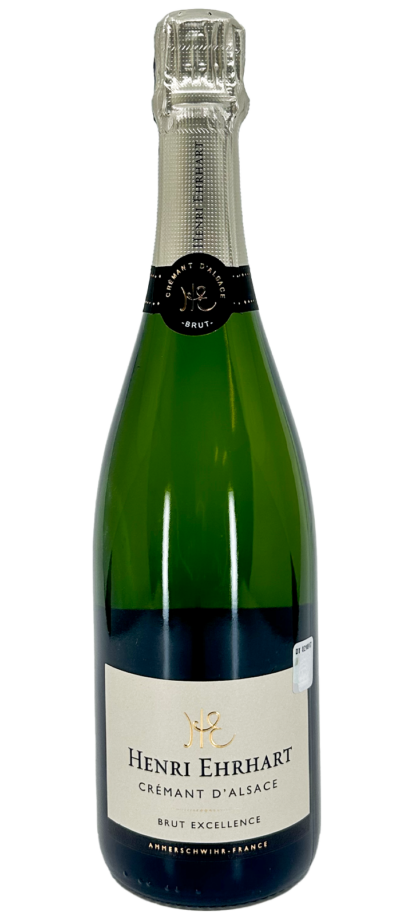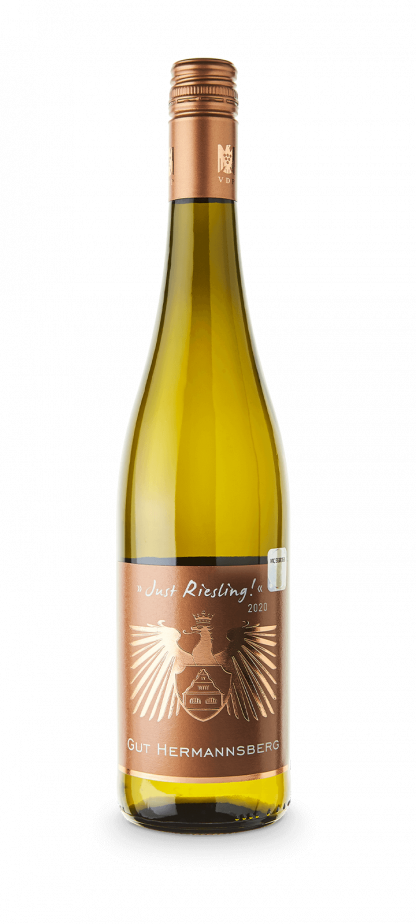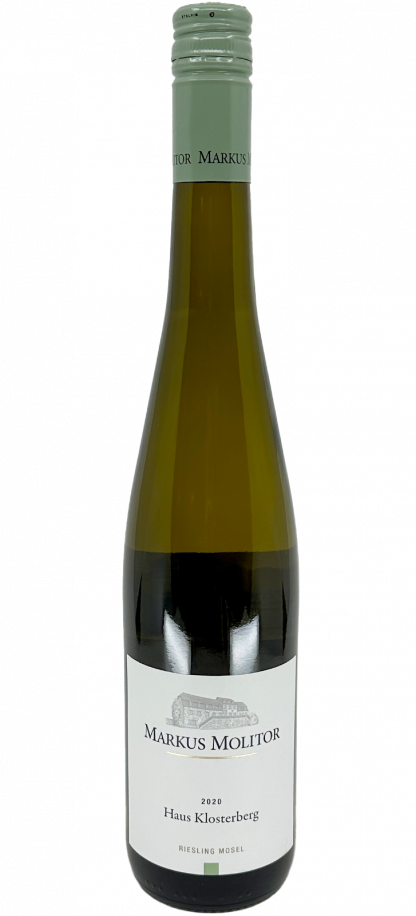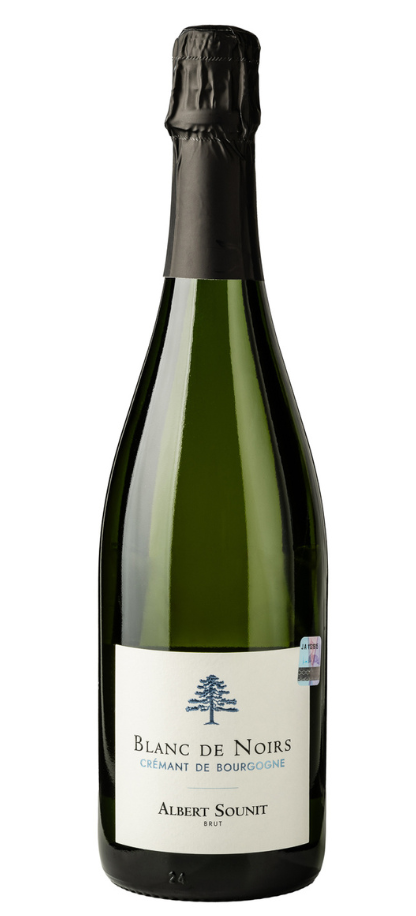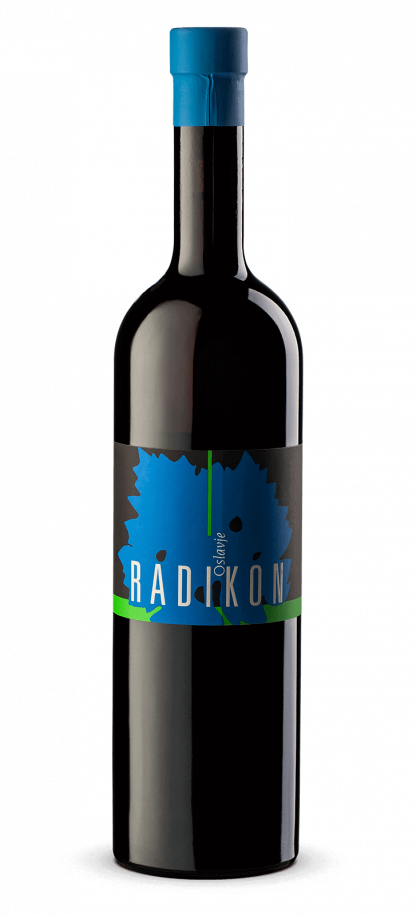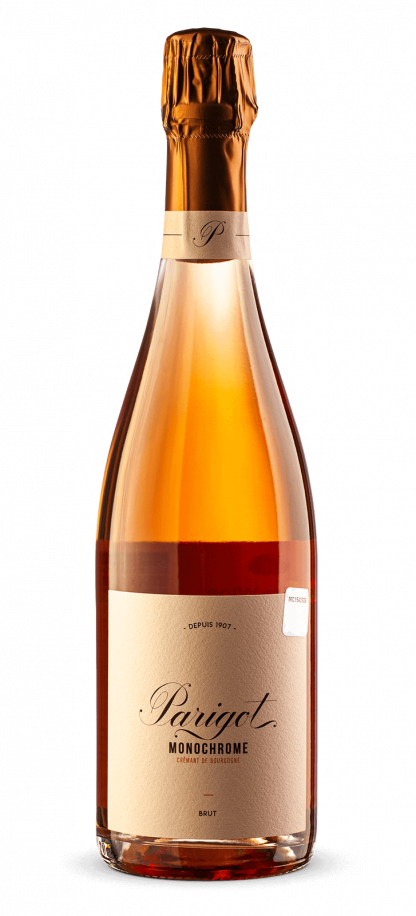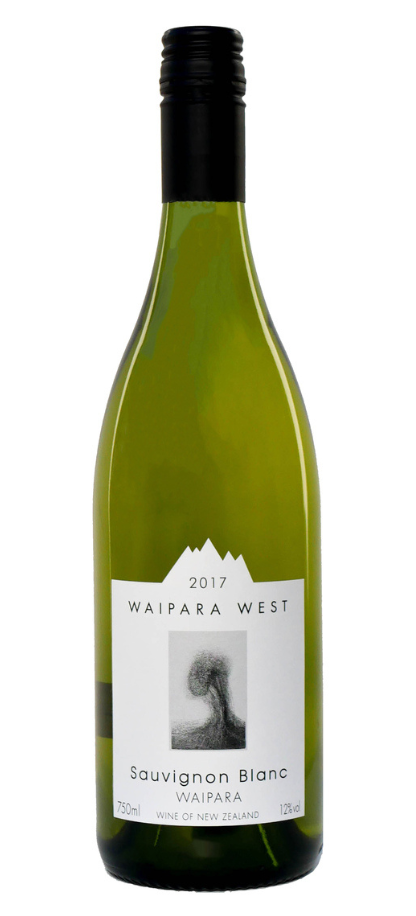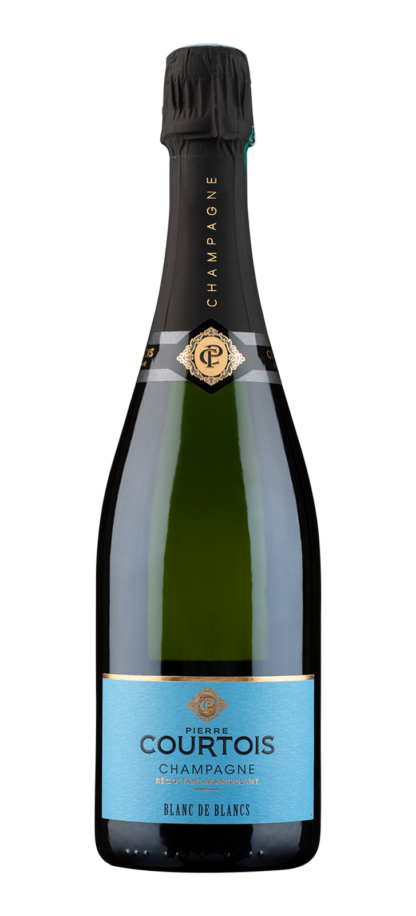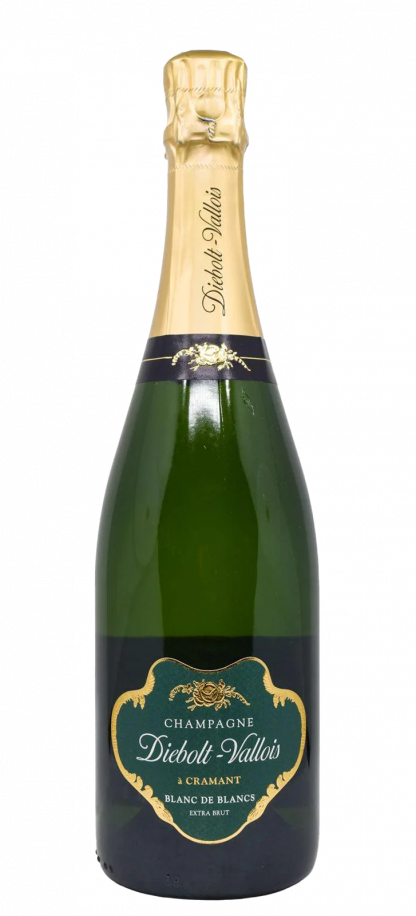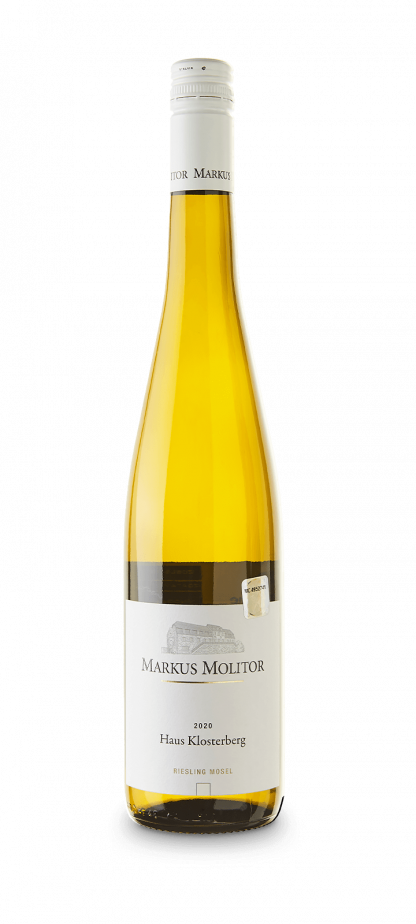Viña Sastre Crianza Ribera del Duero 2021
The 2021 vintage unveils a complex array of aromas on the nose, including ripe red and black fruits, notably cherries and blackberries, layered with subtle hints of vanilla, spice, and a touch of leather from its time in oak. On the palate, the wine exhibits a robust structure, with well-integrated tannins and a lively acidity that leads to flavors of dark fruit, cocoa, and a hint of earthiness, culminating in a long, elegant finish. Its depth and complexity are a testament to the exceptional conditions of the vintage and the meticulous care in winemaking.
Viña Sastre Crianza 2021 pairs exceptionally well with hearty meat dishes, such as roasted lamb, grilled steaks, or slow-cooked beef stews, where the wine’s body and tannic structure complement the richness of the food. It also harmonizes beautifully with aged cheeses, offering a delightful contrast that highlights the wine’s fruit-forward character and the savory depth of the cheese. These food pairings not only enhance the dining experience but also showcase the versatility and robust nature of this distinguished wine.
25 in stock






